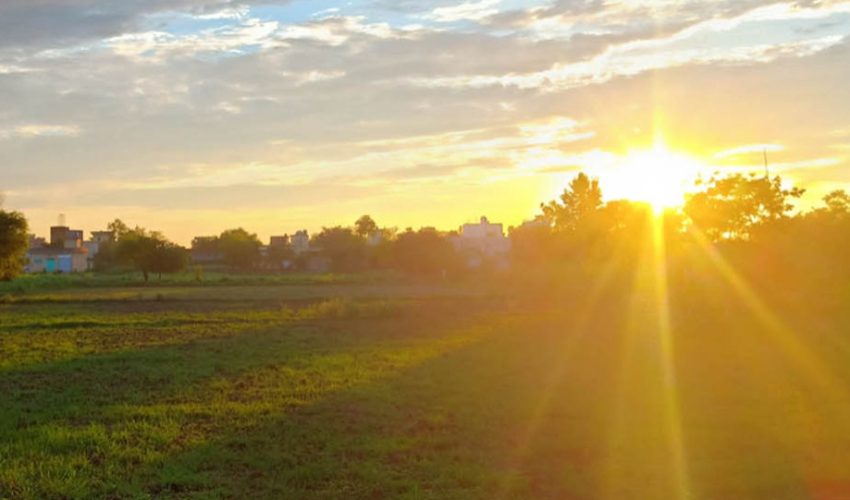ISLAMABAD – Parts of world witnessed the longest day of the year as the astronomical event known as the Summer Solstice takes place today on June 21. The phenomenon marks official start of summer for most of the world’s population, with daylight lasting longer than on any other day of the year.
Summer Solstice occurs when the sun reaches its highest point in the sky relative to Earth’s horizon, due to the planet’s axial tilt of 23.5 degrees. This results in extended daylight for regions north of the equator, including Pakistan, much of Asia, Europe, and North America.
Around 90pc of the world’s population living in the Northern Hemisphere will experience this extended day and a much shorter night. In extreme northern areas such as Alaska, Canada, Greenland, and Scandinavia, residents are seeing the phenomenon of the Midnight Sun—where the sun remains visible at midnight.

On the other hand, Southern Hemisphere, which includes countries like Argentina, Australia, and New Zealand, marks June 21 as the shortest day of the year, marking the start of winter for about 10% of the global population.
Although Summer Solstice most commonly falls on June 21, it can occasionally occur on June 20 or 22, depending on time zones and leap year adjustments.
This annual celestial event not only marks a seasonal shift but also holds cultural and historical significance in many societies, celebrated through festivals, gatherings, and traditions dating back thousands of years.














